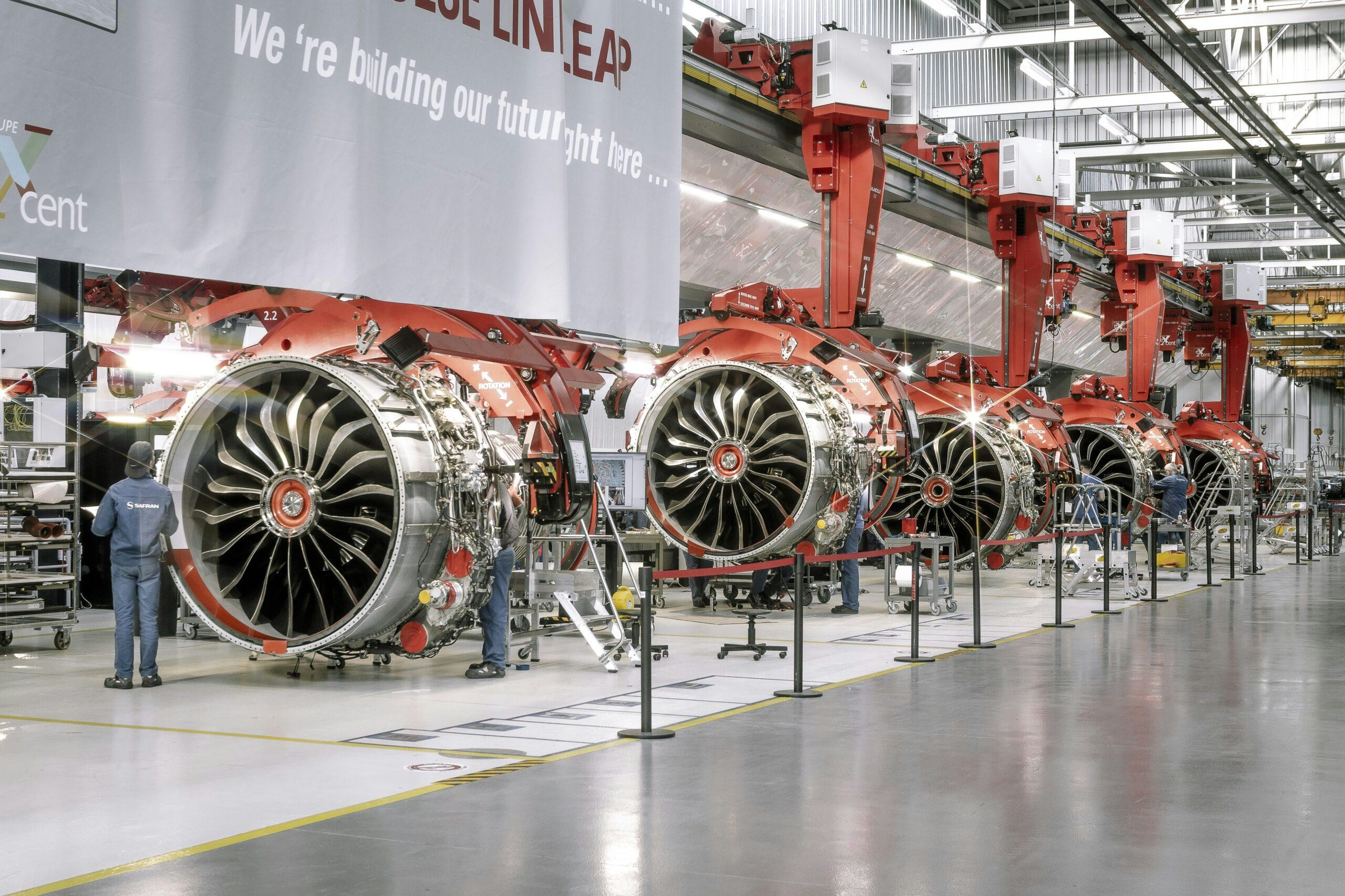
AeroGenie: il tuo copilota intelligente.
Tendenze
Categories
Emirates Implements Measures to Address Airline Supply Chain Challenges
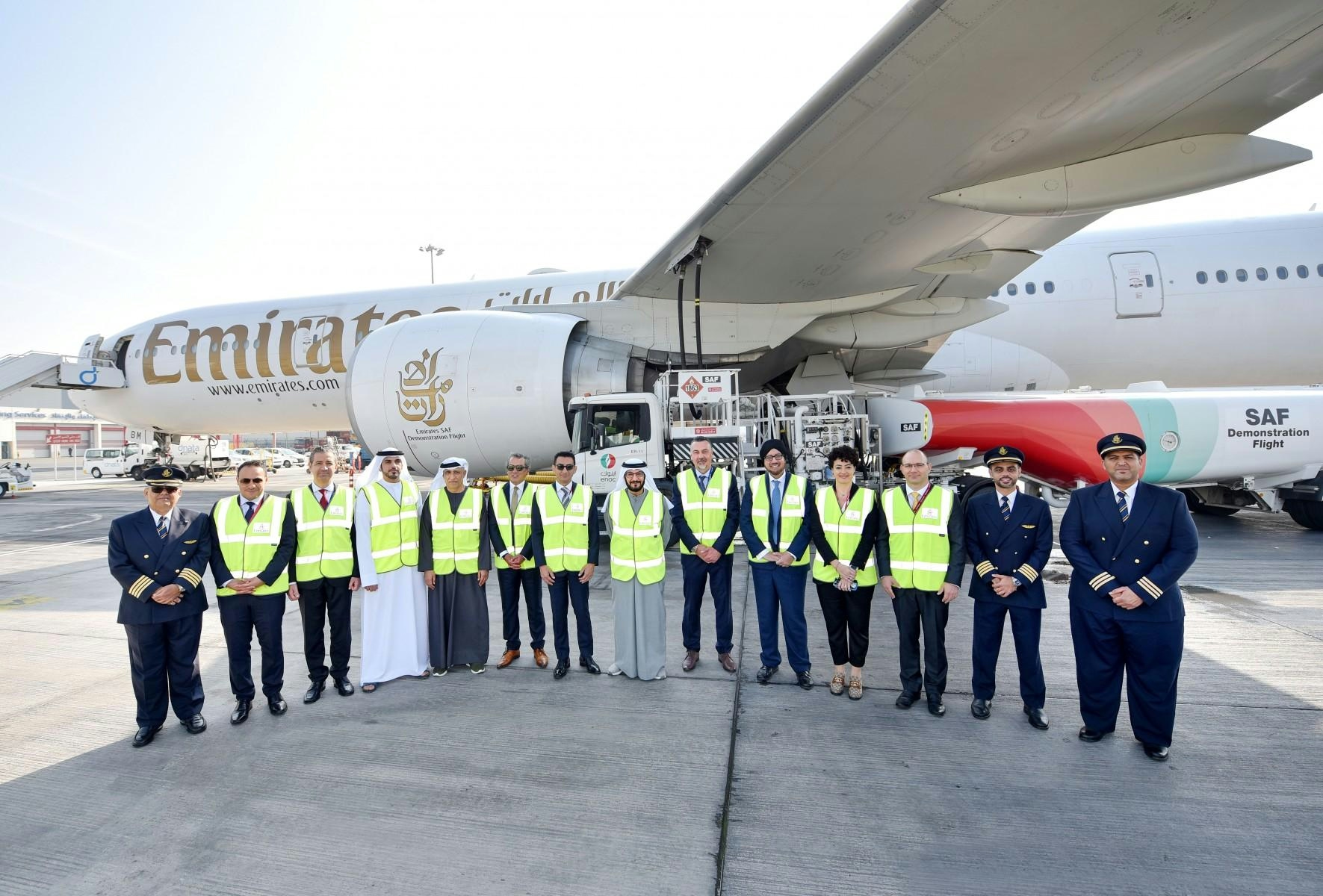
Emirates Implements Measures to Address Airline Supply Chain Challenges
Addressing Persistent Supply Chain Disruptions
Since the onset of the COVID-19 pandemic, global supply chains have experienced significant strain, with the aviation sector among the hardest hit. While many industries have largely recovered, airlines continue to face ongoing disruptions, particularly in the production of aircraft seats. This shortage has forced carriers worldwide to delay the deployment of new aircraft, as seat manufacturers struggle to keep pace with rising demand.
In response to these challenges, Emirates, one of the world’s largest airlines, has announced a strategic partnership with its primary seat supplier, the French manufacturer Safran. The Dubai-based carrier revealed plans to establish a new seat production facility in Dubai, aiming to bring critical manufacturing capabilities closer to its operations and reduce supply chain vulnerabilities.
Strategic Partnership and Production Expansion
Emirates Group Chairman Sheikh Ahmed bin Saeed Al Maktoum emphasized the significance of this collaboration, stating, “We’re bringing world-class seat production capabilities and supply chain to our doorstep.” The partnership is intended to directly support Emirates’ extensive retrofit program and the ongoing evolution of its onboard cabin interiors.
The airline is currently engaged in an ambitious initiative to refit 219 aircraft with new and refurbished seats. Since the program’s inception in 2021, 76 aircraft have been fully upgraded. Given the scale of this undertaking, ensuring supply chain reliability is paramount. The new facility, covering 25,000 square meters and expected to commence operations in 2027, will initially produce approximately 1,000 Business Class seats annually, with plans for phased expansion.
Safran will manufacture the S Lounge Business Class seats, which are featured on Emirates’ Airbus A350-900 fleet, as well as a redesigned version for the A380 aircraft. Additionally, the company will supply thousands of new Z400 Economy Class seats. These upgrades are central to Emirates’ strategy to enhance the passenger experience across its Boeing 777-300 and Airbus A380 fleets.
Industry Context and Broader Implications
The decision to localize seat production reflects broader pressures within the aviation industry. Emirates is concurrently managing the complexities of a $38 billion agreement with Boeing, amid skepticism from market observers regarding the manufacturer’s ability to meet delivery schedules. Economic uncertainties, shifting tariffs, and evolving trade policies continue to complicate the aviation supply chain, prompting airlines to reconsider their procurement approaches.
Recent developments underscore the urgency of Emirates’ initiative. In September, Delta Air Lines was compelled to implement a temporary cabin configuration on its new Airbus A321neos due to delays in receiving lie-flat seats, also supplied by Safran. Such disruptions highlight the fragility of global supply chains and the growing importance of localized manufacturing solutions.
While Emirates’ move has been met with cautious optimism, some analysts remain uncertain whether these measures will fully shield the airline from the broader challenges facing the sector. Competitors are closely observing the situation and may adopt similar strategies to bolster their own supply chains.
As Emirates advances its retrofit program and manufacturing partnership, the airline seeks to establish a model of resilience in an industry still contending with the lingering effects of the pandemic.
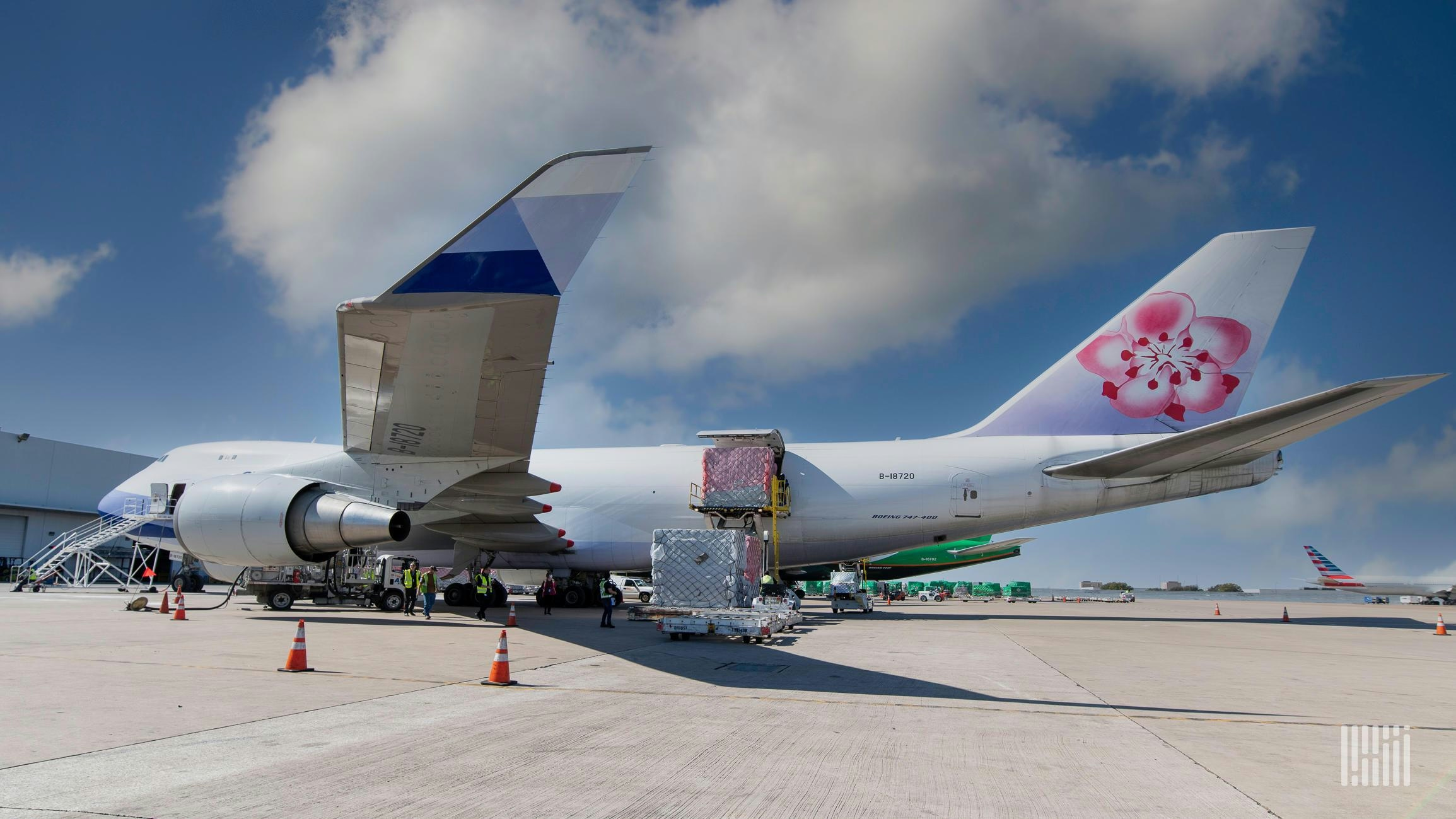
China Airlines Approves New Widebody Aircraft and Plans to Retire 747-400Fs
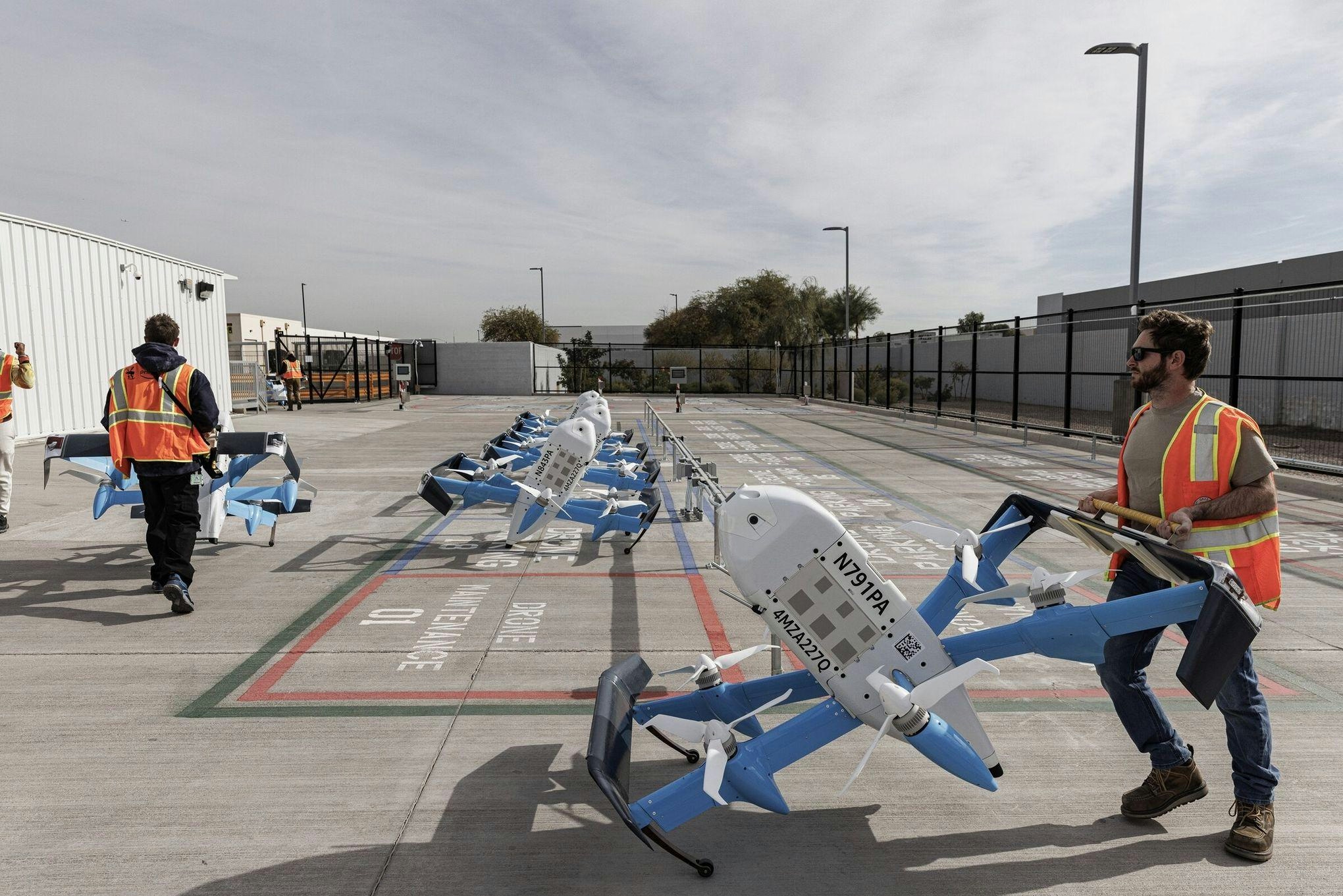
NTSB Declines to Investigate Amazon Drone Incident in Texas
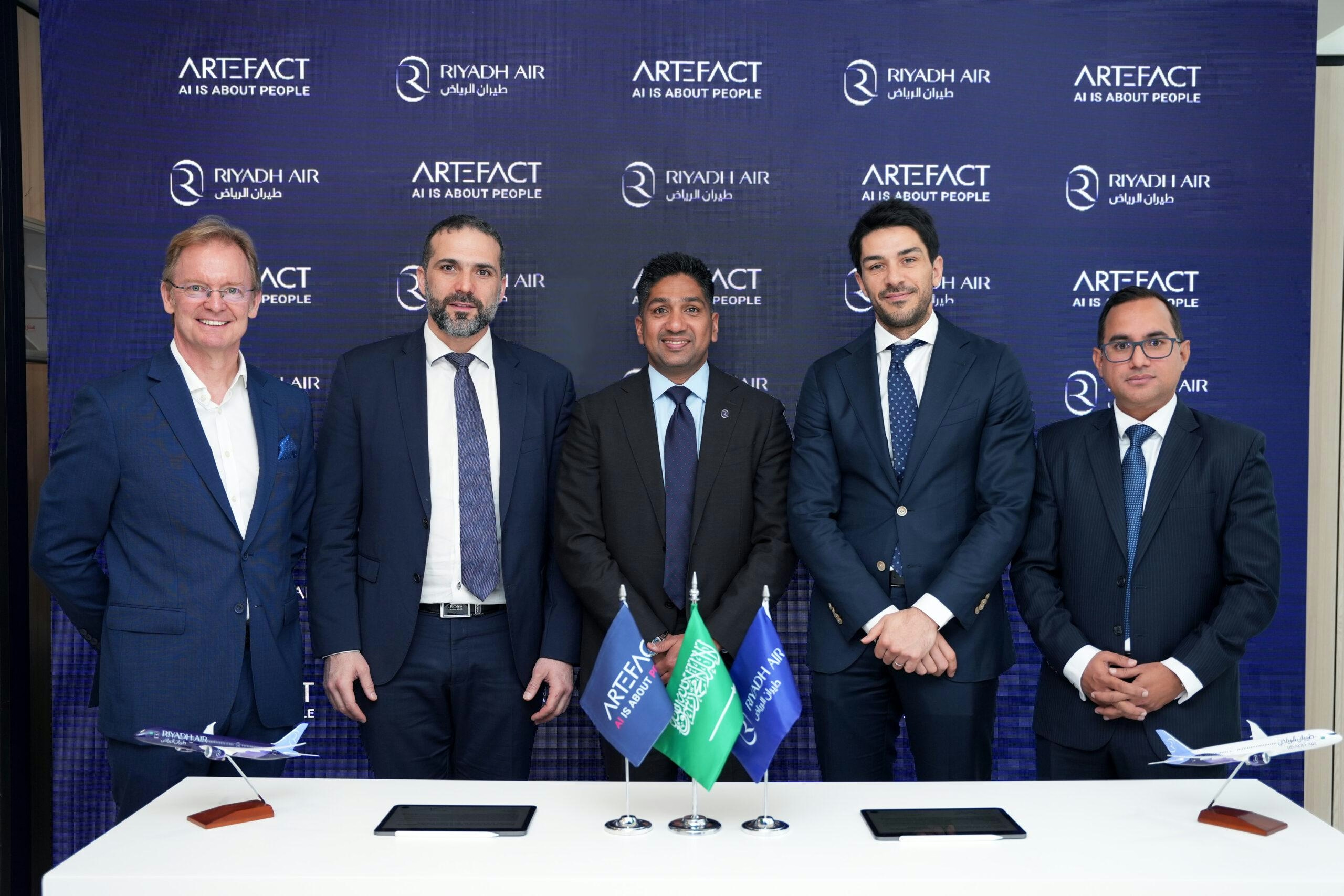
Riyadh Air Show Highlights Emerging Aviation Technologies
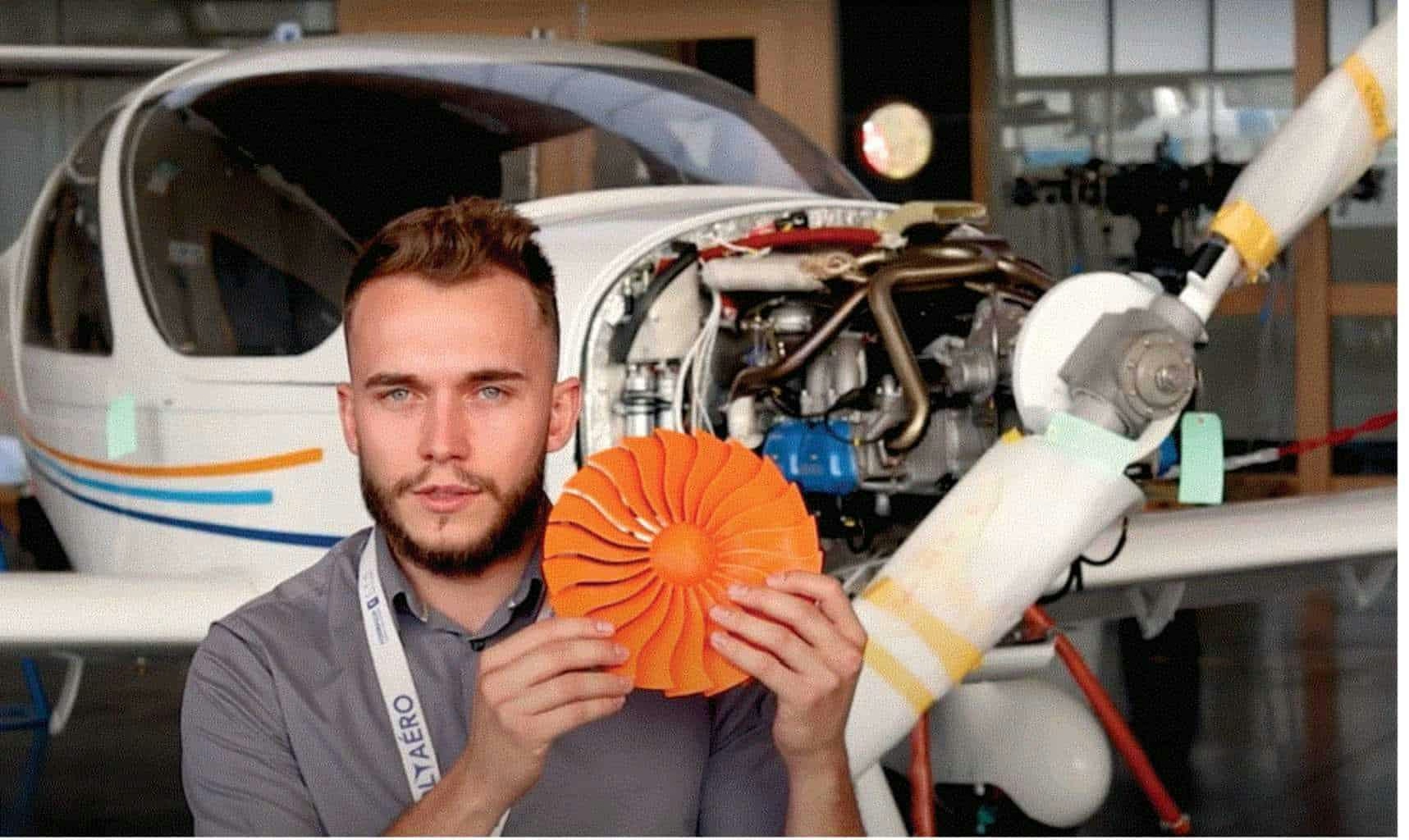
3D-Printed Materials Enhance Efficiency in Aircraft Maintenance
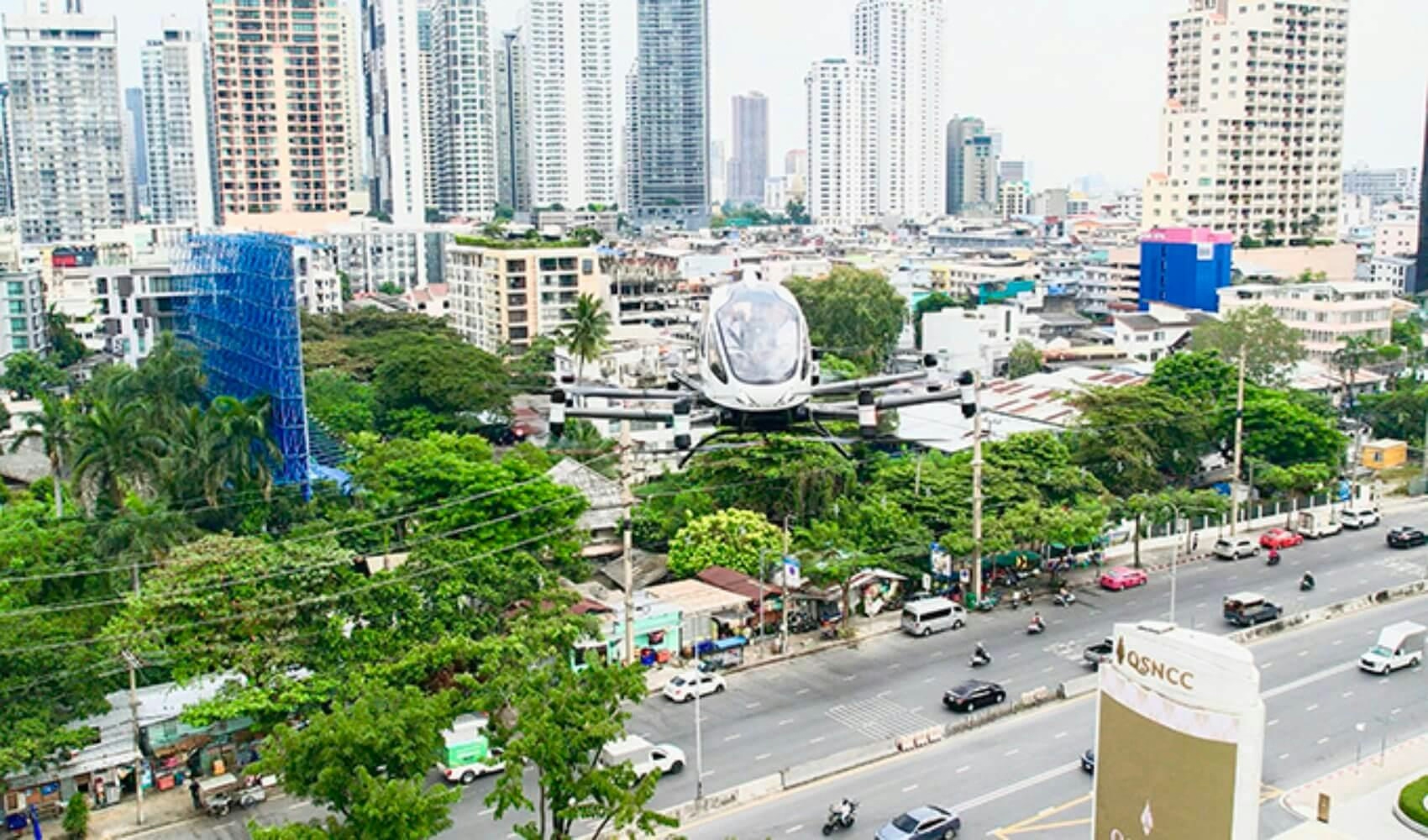
EHang Conducts First Pilotless Urban eVTOL Flight in Bangkok
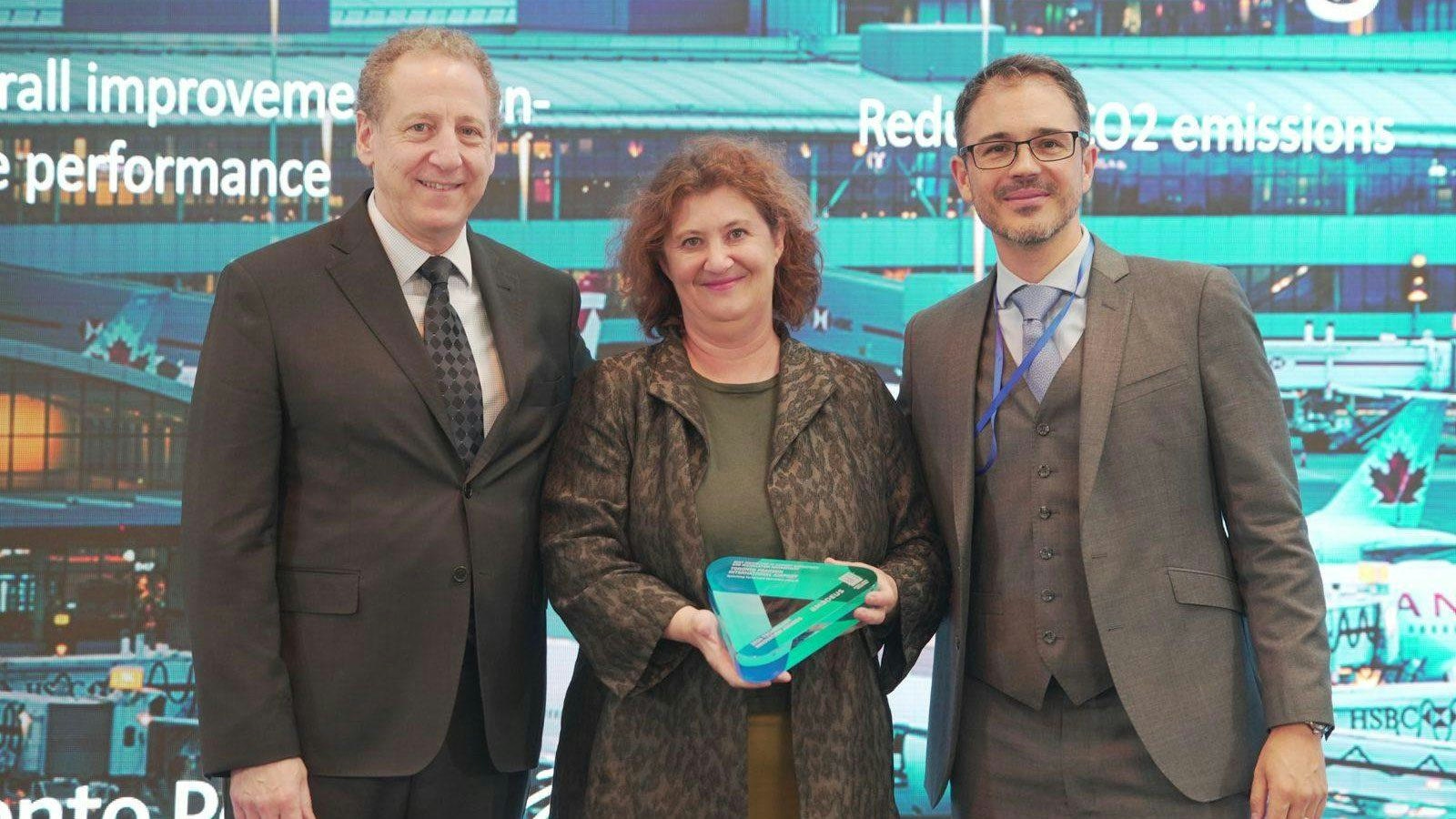
ACI World and Amadeus reveal the world’s most innovative airports
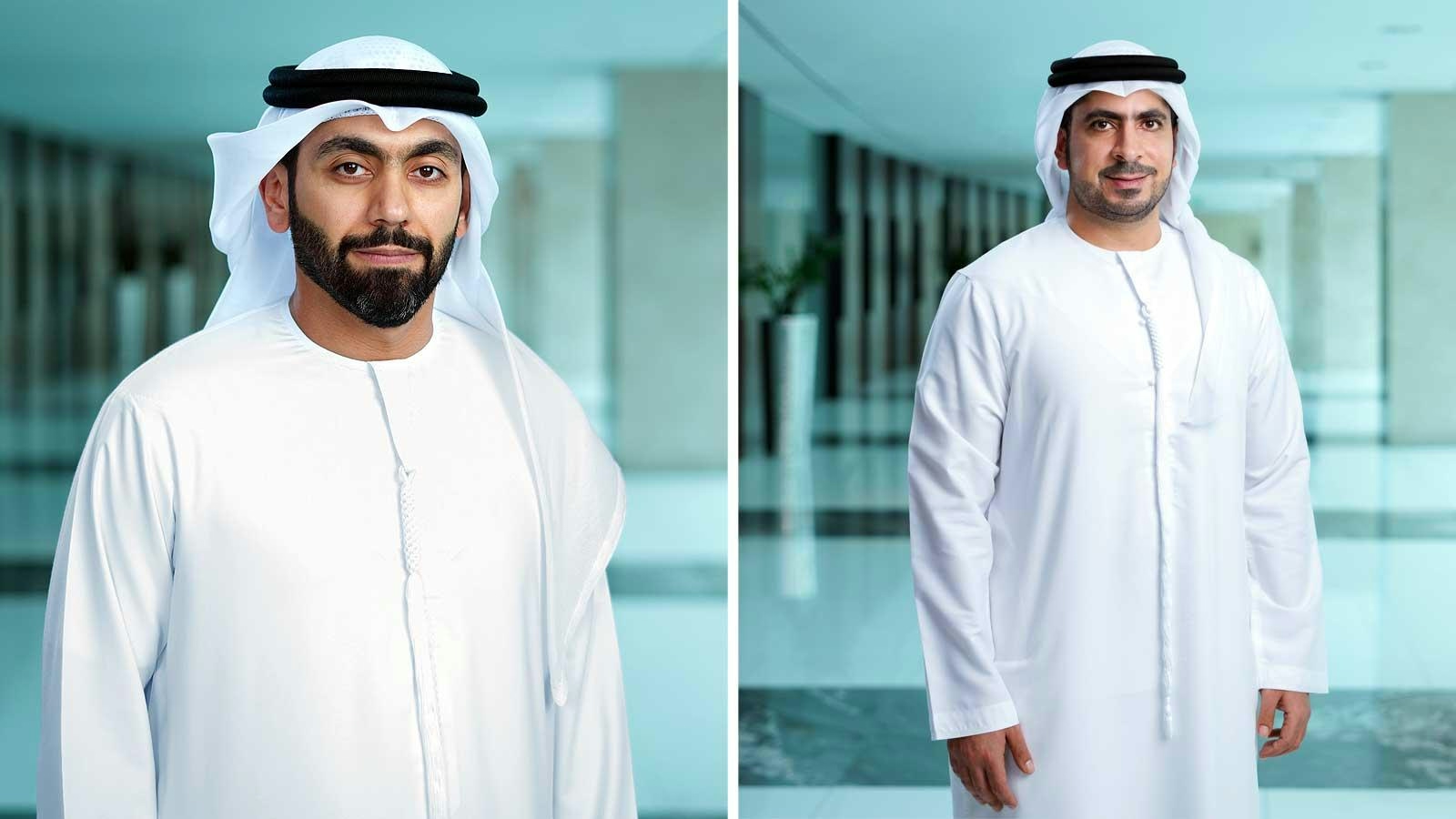
Emirates Group Announces New UAE Leadership to Shape Dubai’s Aviation and Innovation Future

PNG Air Expands Fleet with Two New ATR 72-600 Aircraft

Adapting to Change in the Catering Industry
